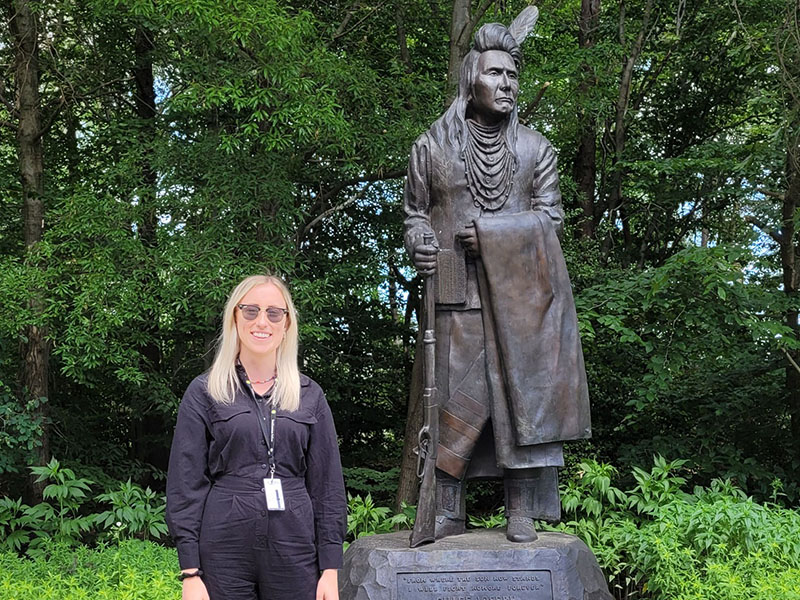
Amy Shakespeare writes about her brand-new website focused on international repatriation.
Routes to Return aims to open up global networks, share information, and enable international repatriation from European museums to Indigenous Nations and Communities around the world.
The first free resource on the site, Understanding the European Museum Landscape, is aimed at Indigenous Nations and Communities. The resource tracks the repatriation progress of European countries and museums to provide a helpful lens for Indigenous Nations and Communities to gage which countries are open to repatriation, where to search collections, and how to make claims.
The resource gives an overview of the European repatriation laws, policies, guidelines, and potential approaches that can be useful to know before beginning repatriation efforts in Europe. It offers a summary of some of the common themes in approaches to repatriation across Europe, as well as country-by-country breakdowns of the national laws, policies, guidelines, and approaches to the return of ancestors and belongings.
I hope that Routes to Return can help Indigenous Nations’ and Communities’ efforts to secure the return of their ancestors and belongings by putting all of the relevant information in one place. There are lots of policies and projects being created, but often this information doesn’t reach those who need it. This first resource seeks to address that. It’s a work-in-progress, ever-growing resource that aims to keep up with the rapidly changing approaches to international repatriation in Europe.
Opening new networks
I also hope that the site will encourage European colleagues to share and collaborate, by enabling them to compare their own policies and processes to one another’s. Through Routes to Return, I am aiming to open up new networks for museum professionals to support each other to undertake more of this important work and connect with Indigenous activists searching for their ancestors and belongings; something that was highlighted as being greatly needed by those who contributed to the resource. I intend to secure funding to expand the website to include more resources, information, and guidance for those looking to undertake repatriation.
Funders and institutions
Routes to Return was created following my Smithsonian Research Fellowship at the National Museum of the American Indian’s Repatriation Department earlier this year in Washington, DC, funded by the AHRC International Placement Scheme. During this time, myself and my mentor Jackie Swift, the Museum’s Repatriation Manager, identified a need for a resource that would help Indigenous Nations and Communities understand the complex and ever-changing European approaches to repatriation.
I’m keen to add or amend information as the landscape changes to ensure that the resource remains up-to-date and useful. Anyone with feedback or more information is encouraged to get in touch.
Credits
Routes to Return has kindly been enabled by Amy Shakespeare’s research funders and institutions.
- UK Arts and Humanities Research Council;
- South, West and Wales Doctoral Training Partnership;
- University of Exeter;
- Bath Spa University;
- Smithsonian Institution
Thanks to all those who contributed to the resource.
Categorised in: Student Blogs